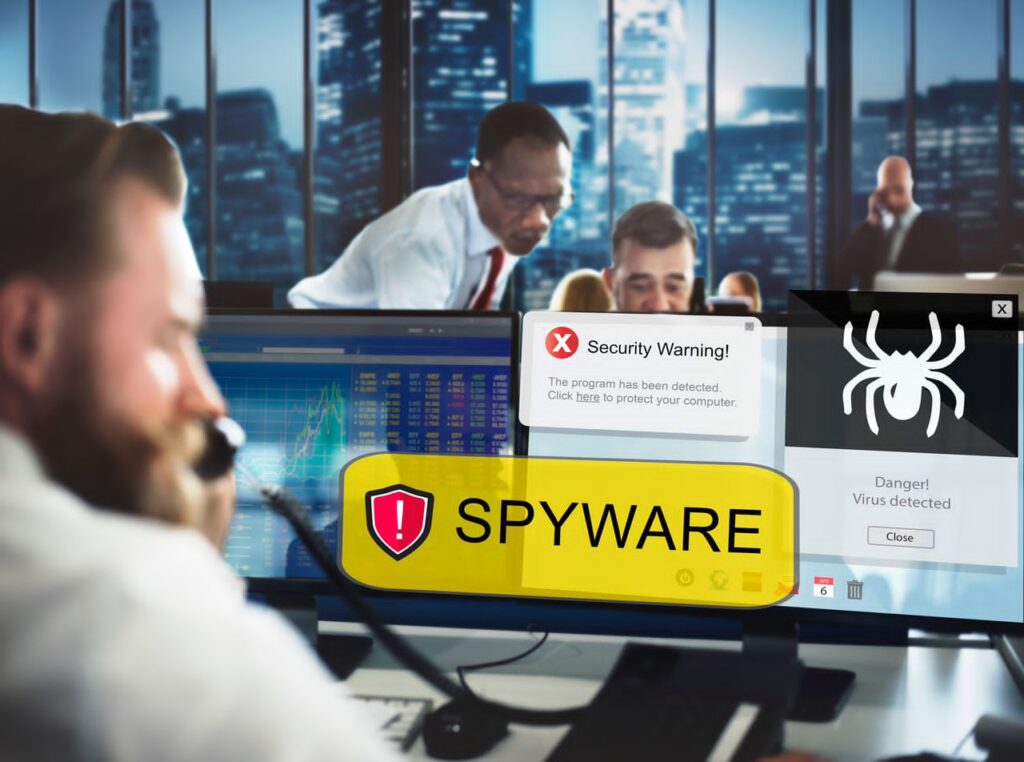Securing The Mobile Workplace: Best Practices For Byod Cybersecurity
As more companies embrace the flexibility and productivity benefits of the Bring Your Own Device (BYOD) trend, ensuring the security of the mobile workplace becomes a top priority. With employees accessing sensitive business data and applications on personal devices, organizations must implement robust cybersecurity measures to protect their valuable information. In this article, we will explore the best practices for securing the mobile workplace in a BYOD environment, helping businesses strike a balance between productivity and data security.
Develop a Strong BYOD Policy
The foundation of a secure mobile workplace lies in a well-defined and comprehensive BYOD policy. Clearly outline the acceptable use of personal devices for work purposes, including security requirements and employee responsibilities. Cover areas such as device registration, software updates, password policies, data encryption, and usage restrictions. Ensure that the policy is regularly communicated, and employees receive proper training on adhering to its guidelines.
Implement Mobile Device Management (MDM) Solutions
Deploying Mobile Device Management solutions is crucial for maintaining control and security over devices used in the workplace. MDM enables businesses to remotely manage and monitor employee devices, enforce security policies, and ensure compliance. It facilitates actions such as remotely wiping data in case of loss or theft, configuring device settings, and managing app installations. Invest in a robust MDM solution that aligns with your organization’s specific needs.
Enforce Strong Authentication Mechanisms
Passwords alone are no longer sufficient to protect sensitive data. Implement multi-factor authentication (MFA) across all devices and applications to add an extra layer of security. MFA requires users to provide additional verification, such as fingerprint scans, facial recognition, or one-time passwords, significantly reducing the risk of unauthorized access. Encourage employees to enable MFA on their devices and provide guidance on selecting strong and unique passwords.
Encrypt Data and Implement Secure Connections
Encryption is vital for safeguarding data on mobile devices. Encourage employees to enable full-disk encryption on their devices, ensuring that all data stored is protected in case of loss or theft. Additionally, enforce the use of secure connections, such as Virtual Private Networks (VPNs), when accessing company resources remotely. VPNs encrypt data transmission, making it more challenging for cybercriminals to intercept sensitive information.
Regularly Update Devices and Software
Outdated software and operating systems are vulnerable to security breaches. Establish a policy that mandates regular updates and patches on employee devices. Encourage users to enable automatic updates whenever possible. By staying up to date with the latest security patches, you can mitigate the risks associated with known vulnerabilities and protect against emerging threats.
Educate Employees on Cybersecurity Best Practices
Employee education plays a critical role in BYOD cybersecurity. Regularly train and educate employees about the importance of adhering to security policies, recognizing phishing attempts, and reporting suspicious activities. Teach them to be cautious while installing apps, visiting websites, and connecting to public Wi-Fi networks. Promote a culture of cybersecurity awareness and provide resources for employees to stay informed about evolving threats.
Implement Remote Wiping and Device Recovery Procedures
In the event of a lost or stolen device, the ability to remotely wipe sensitive data is crucial. Include procedures in your BYOD policy that outline the steps for reporting lost devices and initiating remote wiping. Additionally, consider implementing device recovery solutions that enable tracking and locating lost devices, increasing the chances of retrieval while minimizing the risk of data exposure.
Securing the mobile workplace in a BYOD environment requires a proactive and multi-layered approach to cybersecurity. By implementing a strong BYOD policy, utilizing mobile device management solutions, enforcing strong authentication, encrypting data, regularly updating devices and software, educating employees, and having remote wiping and recovery procedures in place, organizations can significantly enhance their data security posture. Remember, the key is to strike a balance between enabling productivity and ensuring the protection of valuable business information in the mobile workplace.

